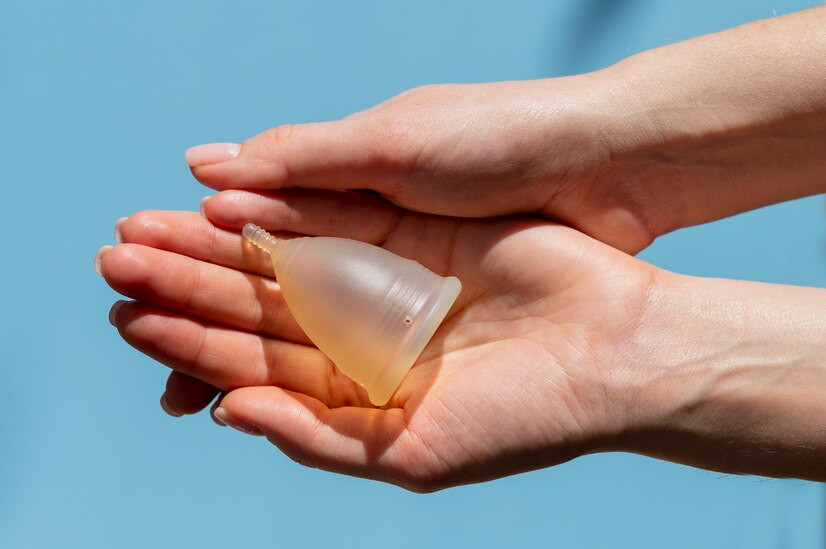Tampons and pads are both effective tools to contain menstrual blood. The choice between the two depends on one's preference, comfort, and lifestyle.
Some physically active people may be more comfortable using tampons as they are inside the body and not visible from the outside. Tampons give better freedom of mobility especially when you want to maintain comfort while moving around. However, when using tampons, some things must be considered so that you do not experience risks ranging from irritation to rare cases of life-threatening infections.
Risks of Using Tampons
Tampons are recommended to be changed every 4-6 hours, and not worn for more than 8 hours. Wearing tampons for longer than the recommended time can increase the risk of health problems or unwanted outcomes, such as:
Irritation and dryness
Using tampons that do not match the correct level of absorbency can cause vaginal dryness and irritation. Also, if you are sensitive or have allergies to fragrances, wearing tampons with special fragrances for too long can cause inflammation in the genital area.
Bacterial or fungal infection
Prolonged or improper use of tampons can increase the risk of bacterial or fungal overgrowth in the vaginal area. This can lead to vaginal inflammation and symptoms such as discharge with abnormal color and odor.
Toxic shock syndrome
Using tampons for more than 8 hours can increase the risk of Toxic Shock Syndrome (TSS). This disease is very rare but is classified as a dangerous condition. This condition can occur when there is already colonization of staphylococcal bacteria in the vagina, and the tampon is not removed for a long time in the vagina. TSS is caused by toxic substances produced by certain types of bacteria. These toxic substances can circulate in the body's bloodstream and cause organ damage including kidney, heart, and liver failure and even death.
How to Safely Use Tampons
Tampons are safe to use as long as you follow the instructions, don't use them for too long, and choose the right size and absorbency. Here are some things to do to stay safe in using tampons:
- Read the instructions on the package even if you have used tampons before, especially if you are switching to a different brand.
- Wash your hands before and after using tampons to reduce the spread of bacteria
- Use tampons only during menstruation, do not use tampons for other reasons or when not menstruating
- Change tampons every 4 to 6 hours
- Avoid using super-absorbent tampons that can hold 9-12 grams of blood
- Be careful and go slowly when inserting and removing tampons
- At night, you should use pads instead of tampons
- Consider using panty liners when menstrual blood flow is less heavy
- Use lubricant to insert tampons to reduce the risk of irritation
Read More: Toxic Shock Syndrome Risk Increases with Tampon Use
Look out for signs of TSS such as high fever, muscle pain, vomiting, diarrhea, joint pain, fatigue, drop in blood pressure, and fainting. Get yourself checked immediately if you experience pain, fever, or other unusual symptoms after using tampons.
If you need medical advice or consultation, you can either visit a doctor or make use of the consultation features that are available in the Ai Care application by downloading the Ai Care application from the App Store or Play Store.
Looking for more tips and tricks for health, first aid, and other home remedies? Click Here!
- dr Hanifa Rahma
Better Health Channel. Toxic shock syndrome (TSS). Available from: https://www.betterhealth.vic.gov.au/health/conditionsandtreatments/toxic-shock-syndrome-tss
Anthea Levi, RD (2022). How Dangerous Is It to Leave a Tampon in Your Vagina?. Available from: https://www.health.com/condition/menstruation/how-long-can-tampon-stay-in-vagina
US FDA (2020). The Facts on Tampons—and How to Use Them Safely. Availabl e from: https://www.fda.gov/consumers/consumer-updates/facts-tampons-and-how-use-them-safely
WebMD (2023). Pads vs. Tampons: What to Know. Available from: https://www.webmd.com/women/pads-vs-tampons-what-to-know
Cleveland Clinic (2022). What Happens if You Leave a Tampon in Too Long?. Available from: https://health.clevelandclinic.org/what-happens-if-you-leave-a-tampon-in-too-long/
Sian Ferguson (2019). Is It Safe to Sleep with a Tampon In?. Available from: https://www.healthline.com/health/womens-health/can-you-sleep-with-a-tampon-in












